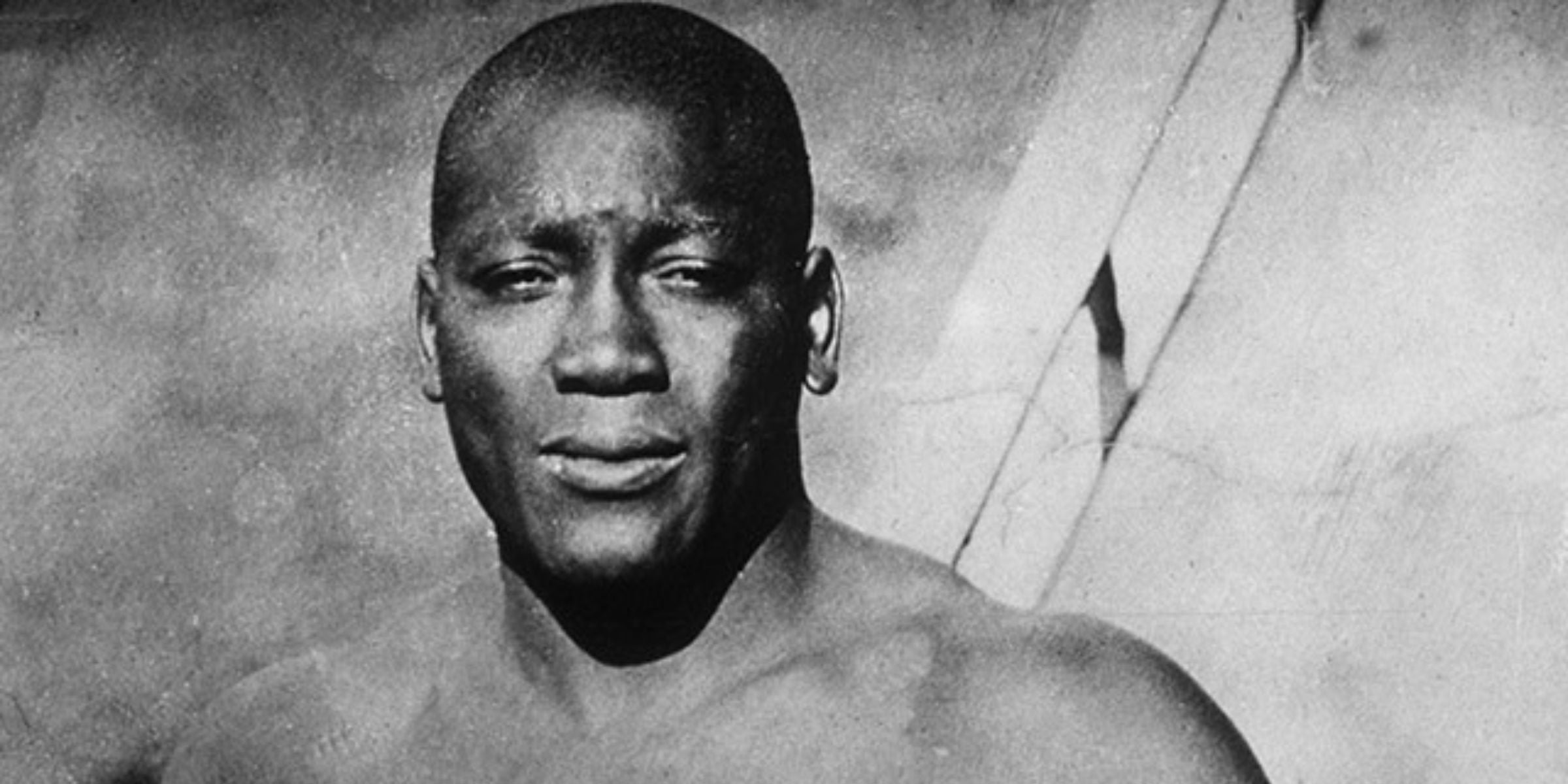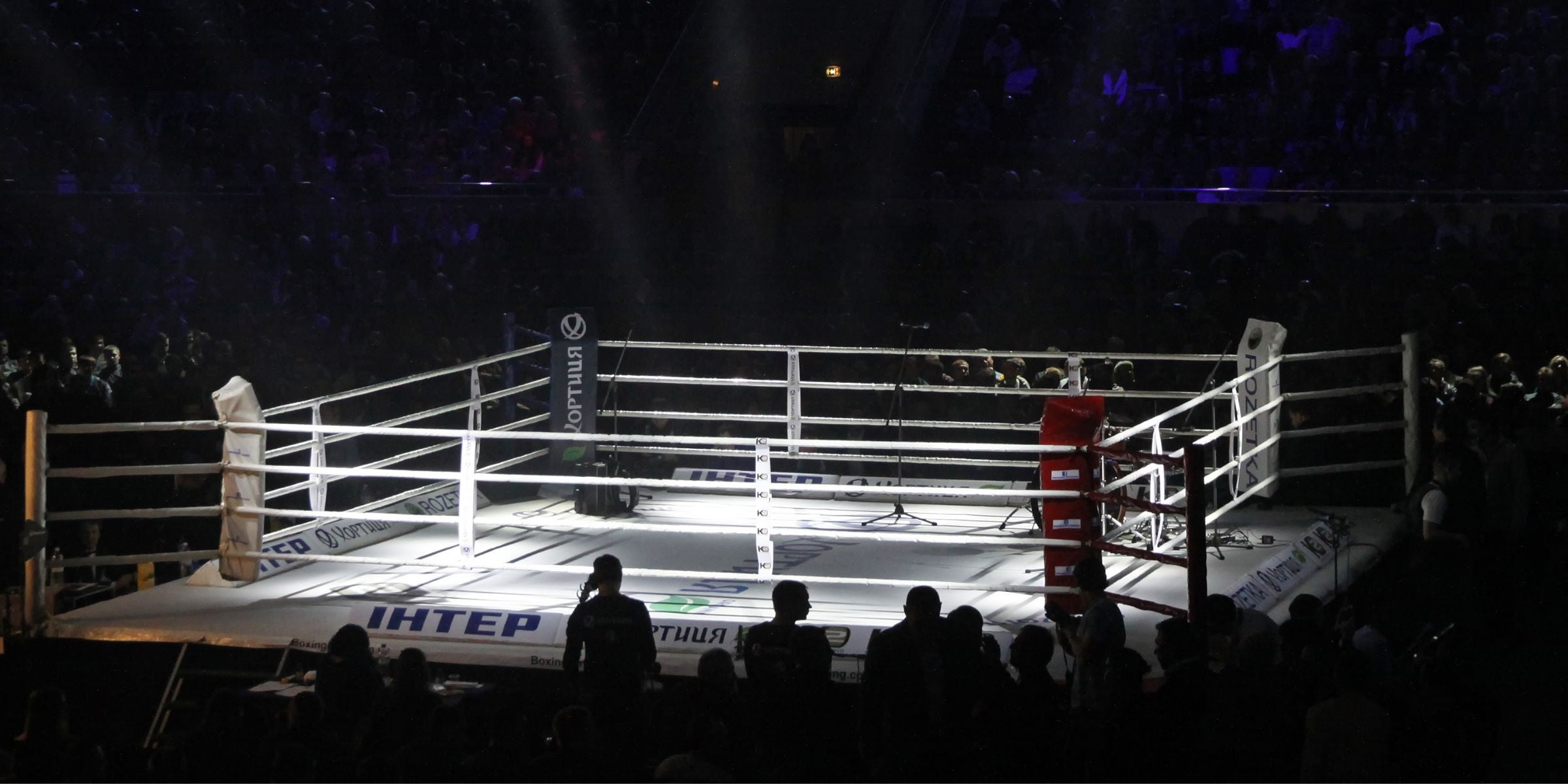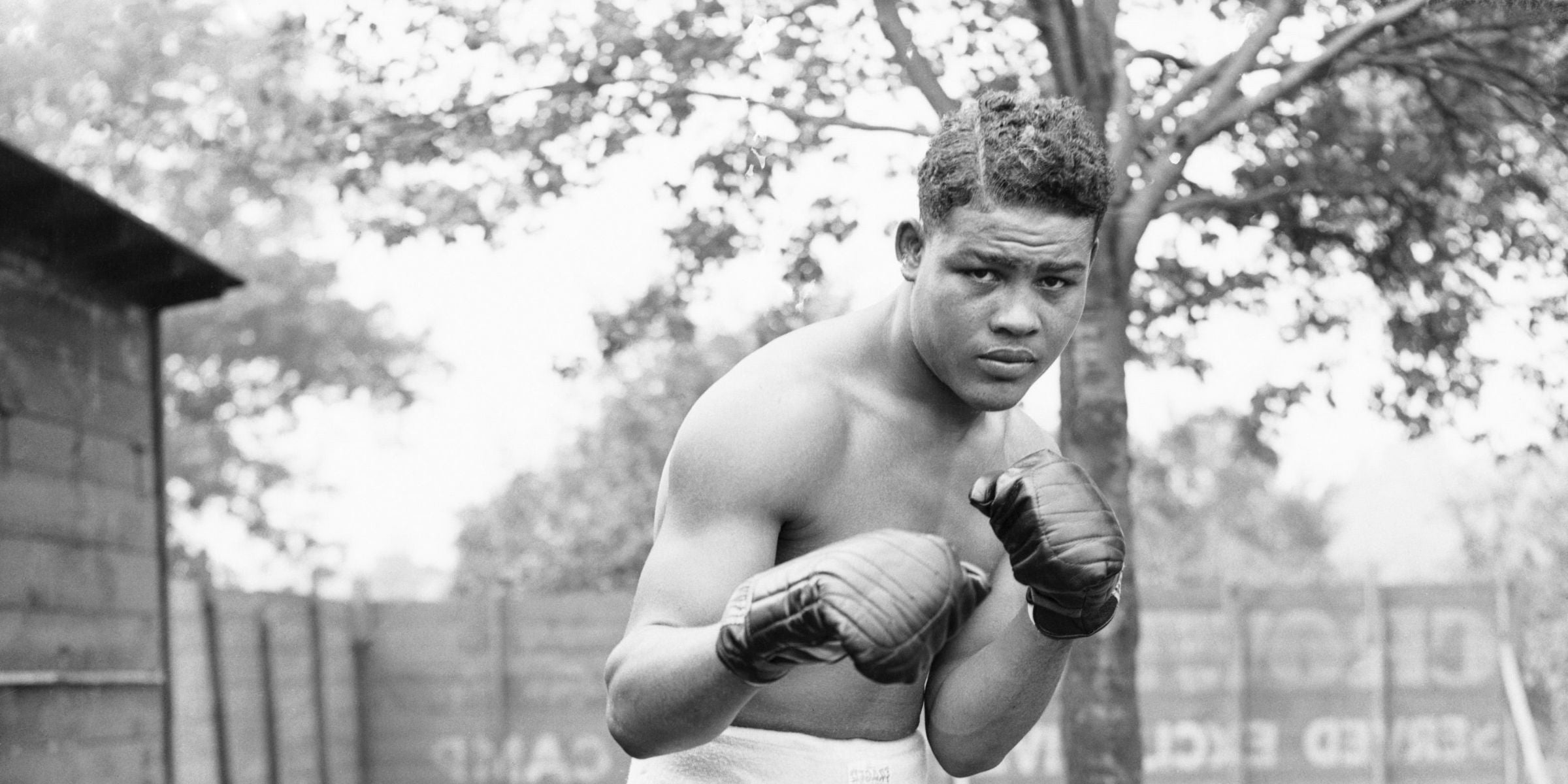
Breaking Barriers: How Jack Johnson Redefined Boxing and Defied Racism
Boxing isn’t just about brute strength—it’s about resilience, strategy, and, sometimes, breaking down walls that seemed unshakable. Jack Johnson wasn’t just a fighter; he was a revolutionary. He didn’t just win matches—he defied a system designed to keep him down.
Long before Muhammad Ali floated like a butterfly and stung like a bee, there was Jack Johnson, the man who turned the boxing world on its head. From 1908 to 1915, he dominated as the first African American heavyweight champion, a title that made him both an icon and a target. His victories in the ring were matched only by his bold defiance of racism outside of it. How did he rise to the top in an era stacked against him? And what legacy did he leave behind?
Let’s step into the ring of history and uncover the story of Jack Johnson—the man who punched his way into legend.
The Early Life of Jack Johnson: From Poverty to Prizefighting
Jack Johnson was born in 1878 in Galveston, Texas, a time and place where opportunities for a Black man were scarce. His parents, former slaves, worked tirelessly to provide for their family, instilling in Jack a work ethic that would serve him well in the brutal world of professional boxing.
As a teenager, Johnson found work as a dockworker and even a carriage driver. But it was the boxing ring that called to him. Street fights soon turned into organized bouts, and before long, Johnson had made a name for himself in the rough-and-tumble world of early boxing.
Fighting in the Shadows: The Color Line in Boxing
During the early 1900s, the world of boxing was strictly segregated. Black fighters could compete—but only against other Black fighters. The world heavyweight title, the pinnacle of boxing glory, was considered off-limits to African Americans.
White champions and promoters enforced an unspoken “colour line,” denying Black boxers a shot at the title. But Johnson wasn’t one to be denied. He built a fearsome reputation, defeating one contender after another, daring the reigning heavyweight champion, Tommy Burns, to face him.

It took relentless taunting and a substantial financial offer, but in 1908, Burns finally agreed to fight Johnson. What followed was a seismic shift in the world of boxing.
The Fight That Shook the World: Johnson vs. Burns (1908)
On December 26, 1908, in Sydney, Australia, Jack Johnson stepped into the ring against Tommy Burns. From the opening bell, it was clear that Johnson was the superior fighter. He toyed with Burns, landing punches almost at will, dodging blows with effortless grace.

The Australian crowd watched in disbelief as Johnson dismantled the champion. The fight was so one-sided that police stopped it in the 14th round to prevent further humiliation.
With that victory, Jack Johnson became the first Black heavyweight champion of the world. But if he thought winning the title was the hardest part, he was mistaken.
The Backlash: "The Great White Hope" and Racist Fury
Johnson’s reign as champion sparked outrage among white America. His dominance in the ring was one thing, but his unapologetic defiance outside of it was what truly enraged the establishment.
He drove fast cars, dressed in extravagant clothes, and—most controversially—openly dated and married white women. The press vilified him, and racists across the country demanded a “Great White Hope” to reclaim the title.
That hope came in the form of former champion James J. Jeffries, a man who had retired undefeated. In 1910, Jeffries was lured out of retirement to “restore honor” to the sport.
The Fight of the Century: Johnson vs. Jeffries (1910)
On July 4, 1910, in Reno, Nevada, the much-anticipated fight took place. Dubbed "The Fight of the Century," it was more than just a boxing match—it was a battle over race, pride, and power.

Jeffries, the so-called Great White Hope, entered the ring with the hopes of white America resting on his shoulders. But Johnson was unfazed. He dominated from the start, breaking Jeffries down round after round.
By the 15th round, Jeffries’ corner threw in the towel. Johnson had won, and white America erupted in rage. Race riots broke out across the United States. Dozens were killed, and countless others were injured.
Despite his victory, Johnson’s troubles were far from over.
Persecution and Exile: The Downfall of a Champion
With no worthy challengers left in the ring, the U.S. government found another way to take Johnson down. In 1913, he was convicted under the Mann Act—a law designed to combat human trafficking but often used to criminalize interracial relationships.
Rather than serve his sentence, Johnson fled the country, spending years in exile, fighting in Europe and South America. But time and age caught up with him. In 1915, he lost his title to Jess Willard in Havana, Cuba. Some claim Johnson took a dive in exchange for leniency from the U.S. government.
Eventually, he returned to the United States and served his sentence. Though no longer the champion, he remained an icon of resistance and defiance until his death in 1946.
Jack Johnson’s Legacy: More Than a Champion
Jack Johnson was more than just a boxer—he was a symbol of resilience, defiance, and Black excellence. His refusal to conform to society’s expectations paved the way for future generations of athletes and civil rights leaders.
Years later, Muhammad Ali would echo Johnson’s brash confidence. The world would come to celebrate the kind of courage Johnson embodied. In 2018, over a century after his conviction, President Donald Trump posthumously pardoned Johnson, recognizing the injustice he had faced.
Johnson’s story isn’t just about boxing—it’s about standing tall in the face of adversity. He didn’t just win fights; he fought for dignity, respect, and the right to live on his own terms.
His fists may have earned him fame, but it was his unbreakable spirit that made him a legend.





